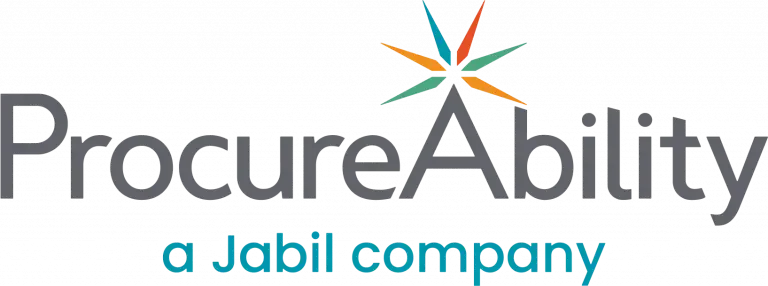Procurement is rapidly changing with the introduction of innovative technologies and procurement trends that will revolutionize the way organizations operate. In the coming decade, procurement teams will need to reorient their skillsets to adapt to this ever-changing landscape.
Recently, ProcureAbility published our Insights series “Five Bold Procurement Predictions for 2030”, in which we extrapolate on the future of procurement trends including advanced crowdsourcing, procurement technology acceleration, cognitive computing, hyper cybersecurity, and virtual organization design. As these trends continue to take hold, the role of procurement will evolve, requiring a comprehensive reskilling and upskilling effort to keep up with these sophisticated procurement predictions.
In this article, we explore what evolution may look like over the next several years. But first, we will make the case for adopting approaches that capture technology’s promise in a way that puts humans at the center, as the key enablers of success.
Maintaining a Human-Centered Approach
The rapid advancement of technology is disrupting the way procurement teams operate. Although more tasks will be automated in the future, navigating a complex business environment will still require human intuition and judgement.
To determine how teams should adapt, procurement can be broken down into two categories: strategic leadership functions informed by technology, and tactical or administrative roles that will be performed by modern technologies but managed by humans.
While a retooling of hard skills is necessary to adapt to these innovative technologies, soft skills will also need a collective rethink as technology upends the external environment, as well as the internal one. Upskilling will be required both for strategic leaders in making use of the information these innovative technologies produce, and those who will need to manage technology that is taking over some of their former tasks. In this case, digital upskilling (learning new technologies to modernize businesses), is the most important. Skills such as relationship management, empathy, patience, conflict resolution, and creativity will also remain competencies critical to navigating the often-complex social network of organizations, both large and small.
For instance, maintaining an emphasis on inclusive procurement strategies to proactively manage supplier relationships will create long-term, strategic partnerships that can withstand the storm of market uncertainty and changing needs. Internally, managing cross-functional and intra-team relationships is critical both for cohesiveness and for achieving the mutual objectives of groups within a company, aimed towards a common goal.
- Supplier collaboration and management
- Stakeholder collaboration
- Focus on sustainable sourcing
- Improve collaboration and communication
- Identify and implement best practices
- Interpersonal skills
- Result-oriented
- Negotiation skills
- Standardize processes
- Implement methods to trim down suppliers’ costs
- Analytical and presentation skills
Five Human-Centered Procurement Trends
ProcureAbility recommends that procurement organizations concentrate their reskilling and upskilling efforts on five bold procurement trends that are likely to become prevalent within this decade. Their ability to harness these trends for competitive advantage, while also managing the associated risks, will assuredly depend on the humans at the controls, specifically their ability to improve technical expertise, solve problems, and engage in strategic thinking. A human-centered approach to procurement is more important than ever to create value for the organizations in which procurement serves.
The fast pace of technological progress is changing how procurement teams operate now and over the next several years. To take advantage of these advancements and remain innovative and competitive, companies must adjust and improve their skill sets. They should focus on developing technical proficiency, problem-solving abilities, and strategic thinking while upholding a human-centered approach as their North Star. By doing so, procurement teams can adapt to the evolving environment and generate greater value for their organizations.




